Linux and open source are the future and there is no doubt about that, to see this come to a reality, a strong foundation has to be laid, by starting from the lowest level possible and that is exposing kids to Linux and teaching them how to use Linux operating systems.
Linux is a very powerful operating system and that is one of the reasons why it powers a lot of servers on the Internet. Though there have been concerns about its user-friendliness which has brought about the debate of how it will overtake Mac OSX and Windows on desktop computers, I think users need to accept Linux as it is to realize its real power.
Today, Linux powers a lot of machines out there, from mobile phones to tablets, laptops, workstations, servers, supercomputers, cars, air traffic control systems, refrigerators, and many more. With all this and more yet to come in the near future, as I had already stated at the beginning, Linux is the operating system for future computing.
Since the future belongs to today’s children, it’s crucial to introduce them to technologies that will shape the future. Therefore, they should be exposed at an early stage to begin learning computer technologies, with Linux being a special case.
One thing common to children is curiosity, and early learning can help instill a character of exploration in them when the learning environment is designed to suit their needs.
After examining some quick reasons why kids should learn Linux, let’s now explore a list of exciting Linux distributions that you can introduce to your kids. This way, they can begin using and learning Linux
1. Sugar
Sugar is a free open-source, activity-based learning platform for kids, it supports the notions that learners should “share by default” and be able to “explore, express, debug, and critique.” So, unlike other distributions, Sugar emphasizes “activities” rather than “applications.
It is a project by Sugar Labs that aims at designing free tools to support learning among children by making them gain skills in exploring, discovering, creating, and reflecting on ideas. It is a non-profit organization led by volunteers.
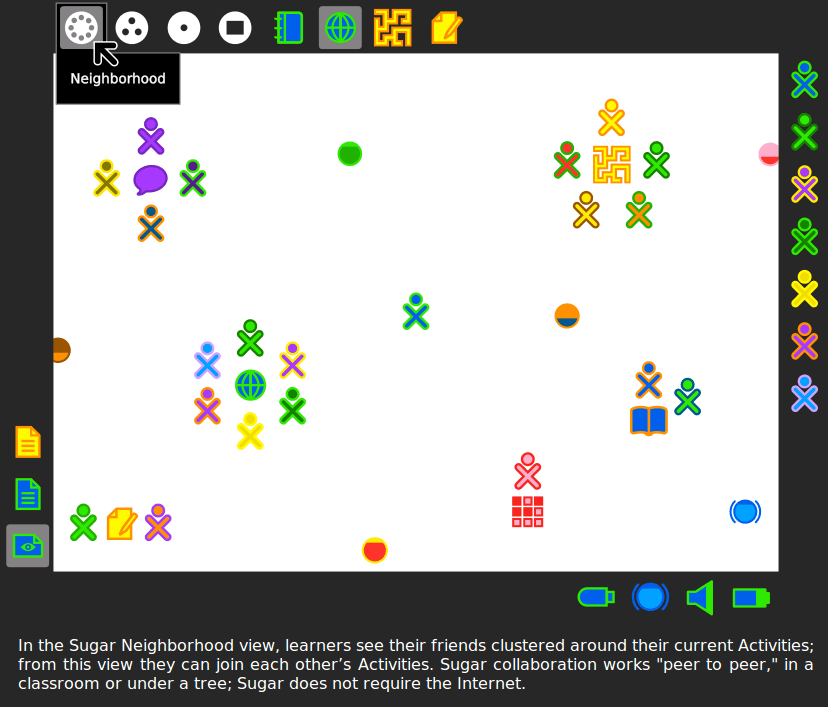
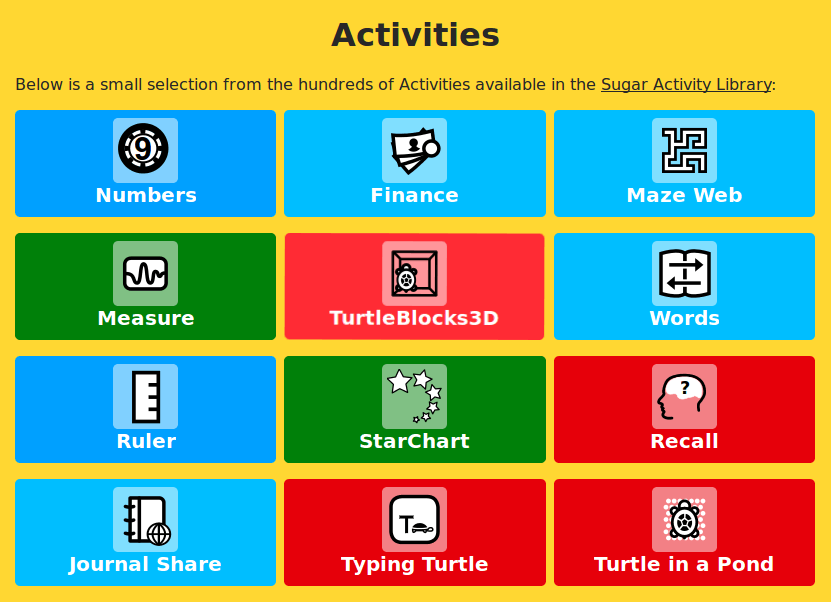
You can think of sugar as both a desktop and a collection of learning activities that help encourage active involvement from children who are learning.
It features collaboration, reflection, and discovery right from the user interface thus enabling children to have the opportunity to use computers on their own terms. You can run a full sugar environment on any computer at any time from a bootable USB drive or install it on the computer’s hard disk.
2. Ubermix
Ubermix is a free open-source, specially built, Linux-based operating system designed from the ground up for educational purposes. It is created by educators with a strong focus on student and teacher empowerment.
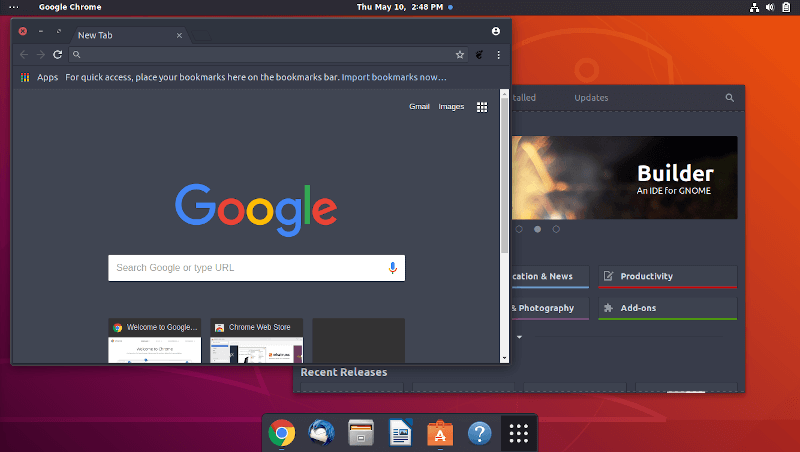
By making them as secure and easy to use as a mobile device, Ubermix takes all the sophistication out of a student’s computer, without losing the power and features of a full OS.
3. Debian Edu / Skolelinux
Based on Debian Linux, Debian Edu / Skolelinux is a free and open-source Linux distribution built for educational use and a Debian Pure Blend (a project inside of Debian that aims to cover the interest of specialized users including children).
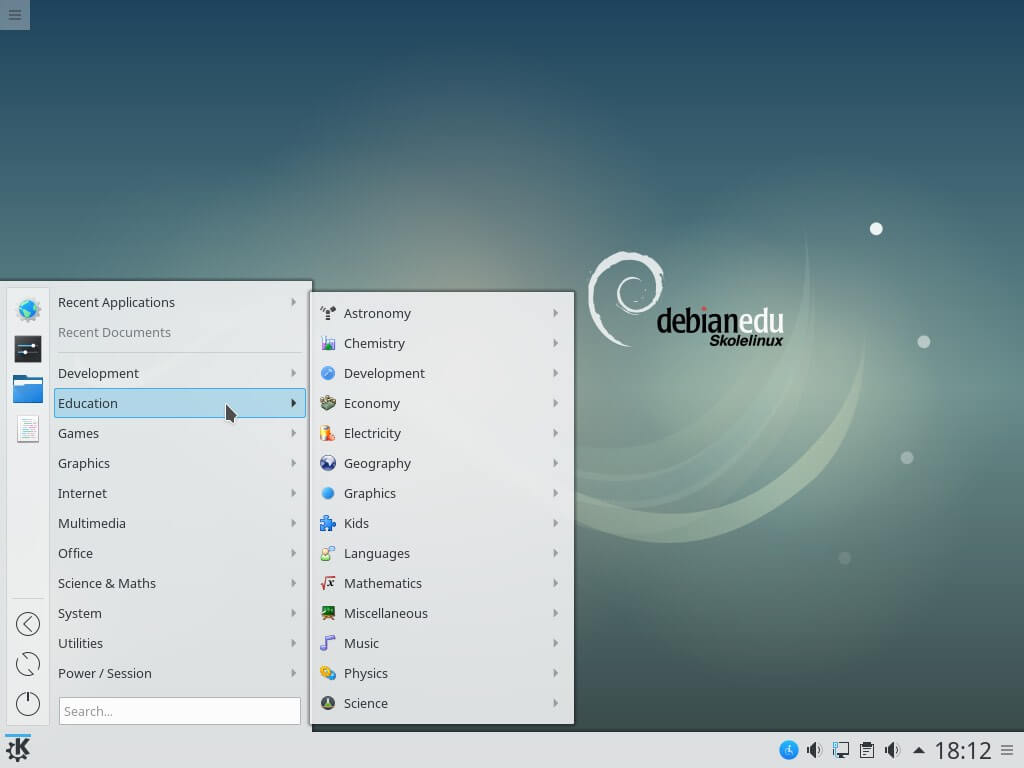
It is easy to install and comes fully configured with a network, ready-made terminal server, thin clients, desktops, and workstations. It is optimized to support older computers and newer computers
4. Kano OS
Kano OS is the software that powers a Kano Computer Kit (built around a Raspberry Pi). Kano OS is based on the Raspbian OS which itself a Debian derivative. It comes with educational apps, games, and more, for kids.
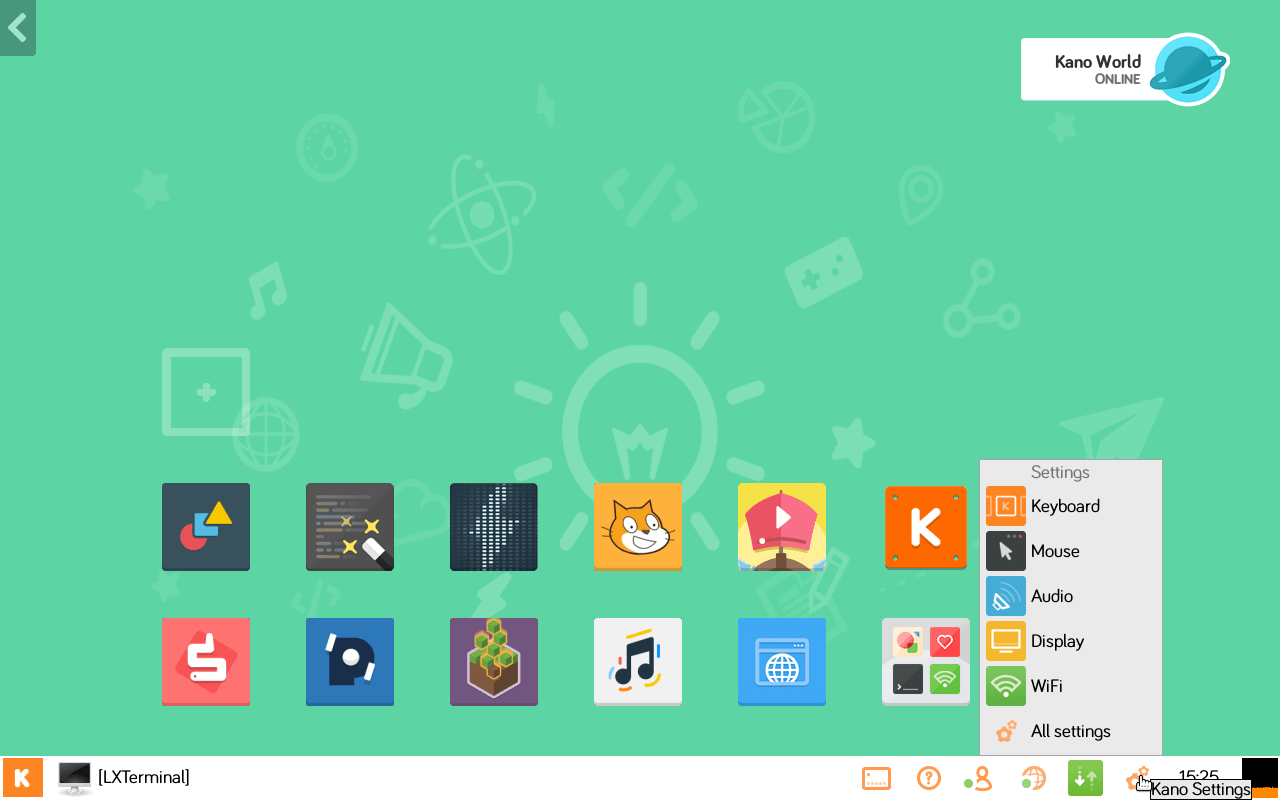
5. LinuxConsole
LinuxConsole is a lightweight, easy-to-use, yet powerful Linux operating system for children and kids that supports many languages and is based on Ubuntu. Because of its lightweight desktop, it is possible to use it on old computers.
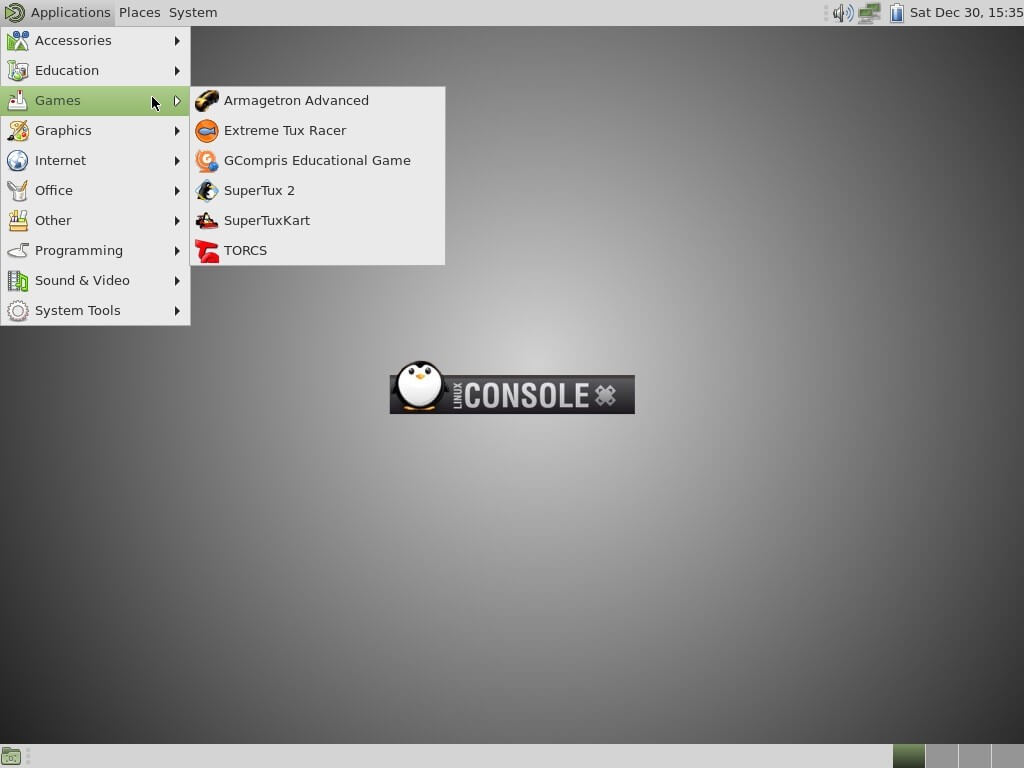
It ships with several software packages for kids, and it also features a parental control tool, for controlling the access time of user accounts. Besides, you can try it with a LiveUSB, before installing it on your computer hard disk.
6. Li-f-e:Linux for Education
Li-f-e (Linux for Education) is an educational operating system based on Ubuntu Mate 22.04, designed for use by teachers and students in schools and colleges. However, anyone seeking a plethora of useful applications right from the start, along with a complete and highly user-friendly desktop, is welcome to give it a try.

7. Leeenux Kids
Leeenux Kids is an edition of Leeenux Linux designed for children, intended to be fun and educational. It is paid for but very cheap, it supports and is optimized for use on both modern and old machines. It allows you to easily turn old machines into educational toys for kids.
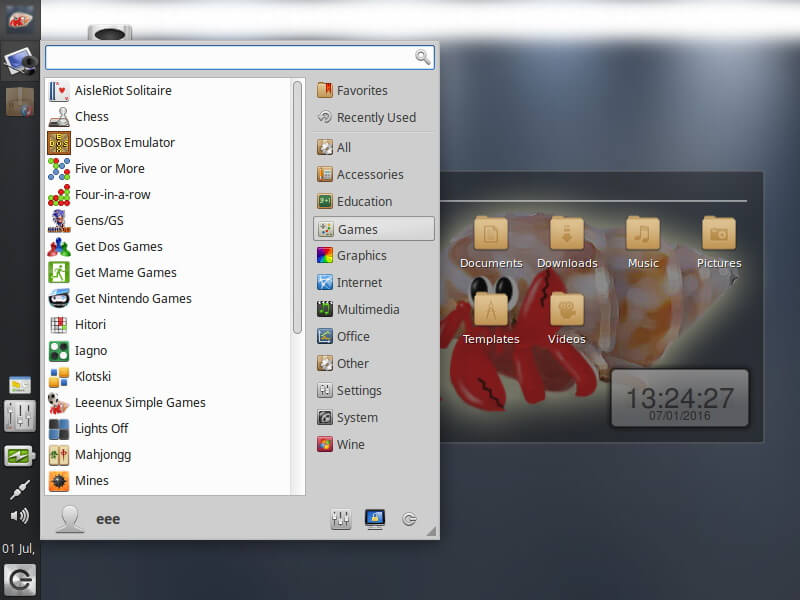
8. IceFun
IceFun is an operating system built on Debian GNU/Linux, tailored to meet the specific requirements of children. It is extremely lightweight and designed to operate smoothly on older hardware.
The system comes with a collection of software suitable for children aged 4 to 14, and you can effortlessly expand it to suit your specific requirements.
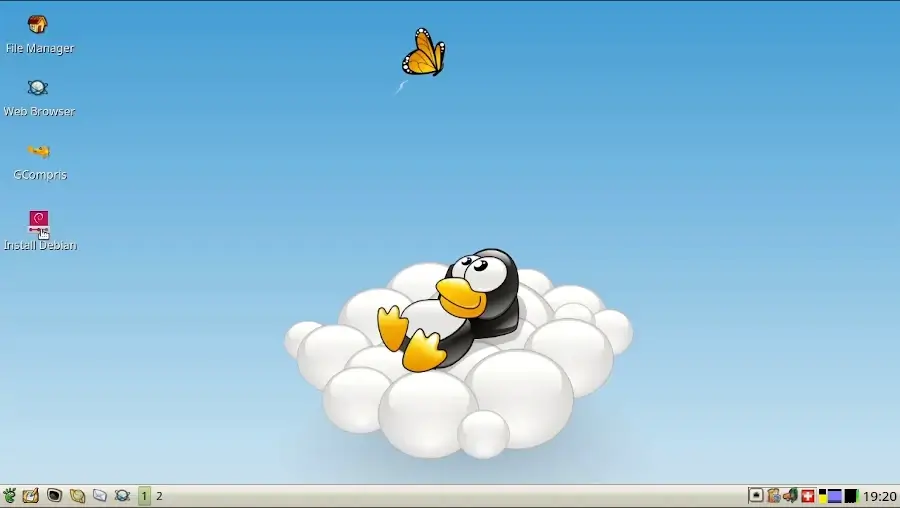
That is it for now, in case there are more Linux operating systems intended for kids or children out there, which I have not included in this list, you can let us know by leaving a comment.
You can also let us know what you think of introducing kids to Linux and the future of Linux, especially on Desktop computers.


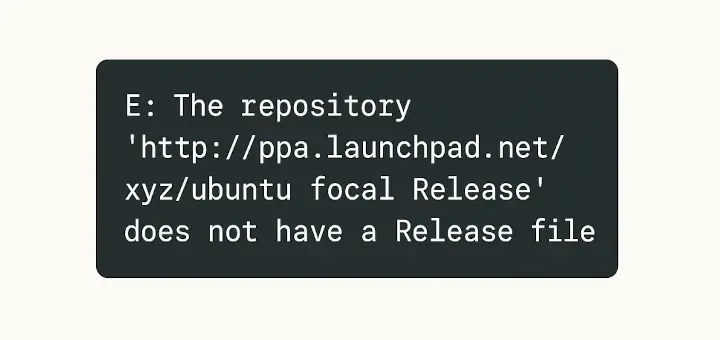
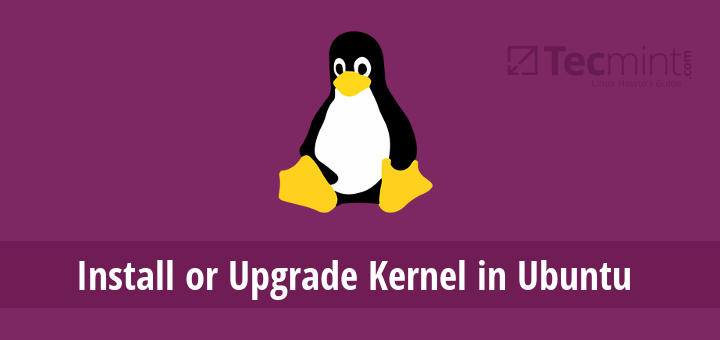
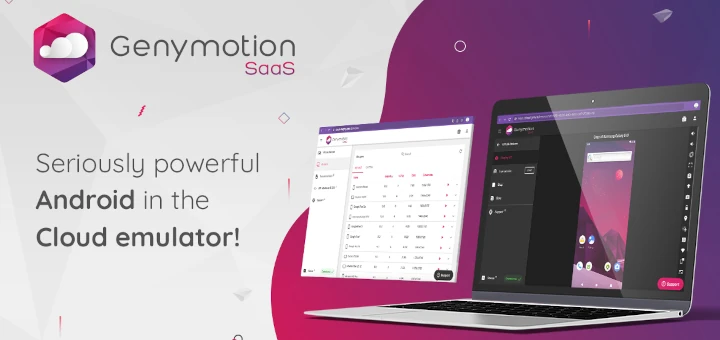
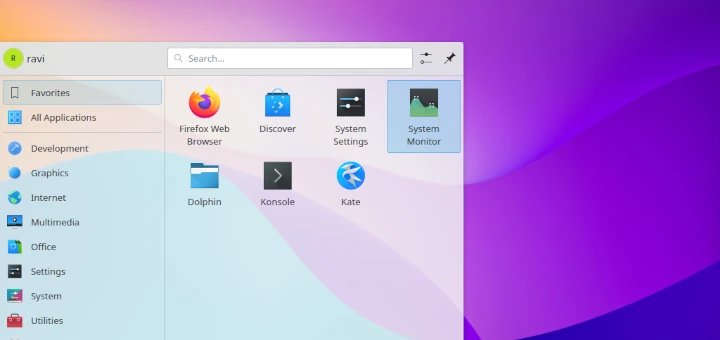

Icefun is a highly useful Linux distribution for kids, and it even runs smoothly on older laptops because it’s Debian-based.
ENDLESS OS is clearly missing on the list: https://endlessos.com/
@Alex,
Thanks, we will include it in the list…
The best I found so far is the Swiss distro Lernstick, popular especially in German speaking countries, but multilingual, based on Debian 9 Stretch, all major DEs included can be chosen on bootup, remastering tools, and similar to ubermix 2 partitions can be setup – system (no writes), user (changes saved but can be easily deletted) + data exchange partition – perfect with kids.
Plenty of edu apps and games, more than any other distro. Not sure if picaros has more though but that one was extremely outdated with terrible mixture of repos.
@Alex
Many thanks for sharing this useful information.
Aaron, few comments:
When burning the initial installation media – Rufus or similar tool will do (there are 2 isos on their servers – either Lernstick or imediasdotch – standard ~6.5gb and mini ~4.3gb) make sure that your USB is NFTS formatted, FAT32 won’t work due to the fs file >4gb (or you burn mini iso to DVD).
Then from inside the media created you can make a custom install to the working persistent liveusb or to had if needed.
For example pcmancm in LXDE, caja in Mate etc.
look for PicarOS it is a spain distro for kids.
@Dach
Thanks for sharing this, we will check it out.